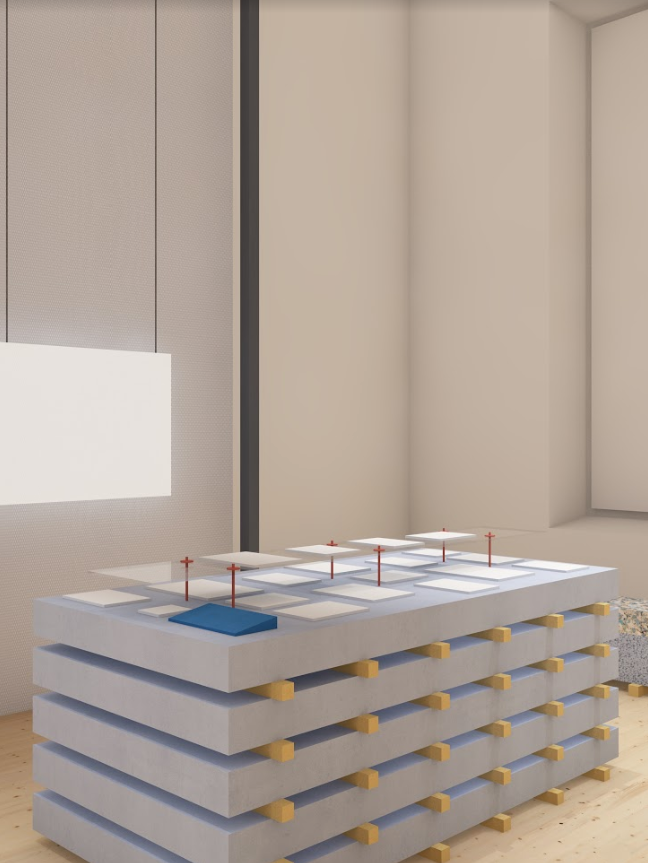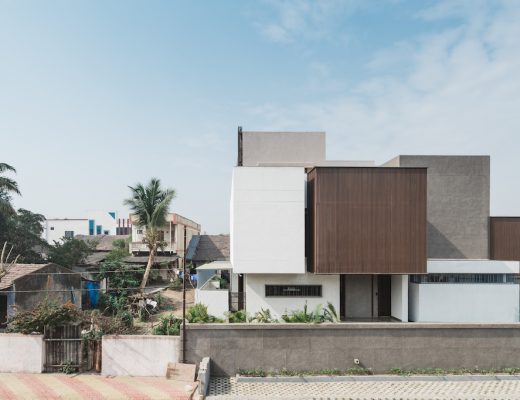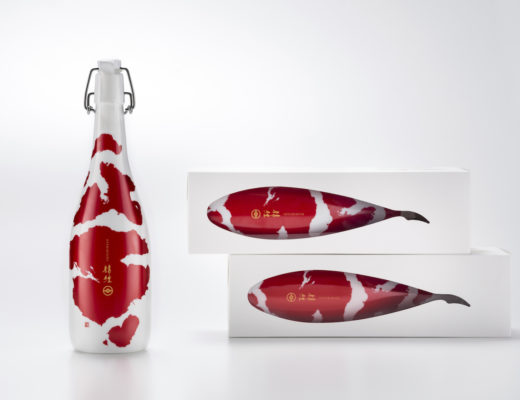Stockholm-based Note Design Studio, founded by Johannes Carlström and Cristiano Pigazzini, has designed an exhibition “Flying Panels – How Concrete Panels Changed the World” which explores the changing fortunes of concrete building systems, and celebrates the architectural optimism they once embodied. It is an attempt to explore how concrete went from lionised harbinger of progress to maligned material emblem of social decay. 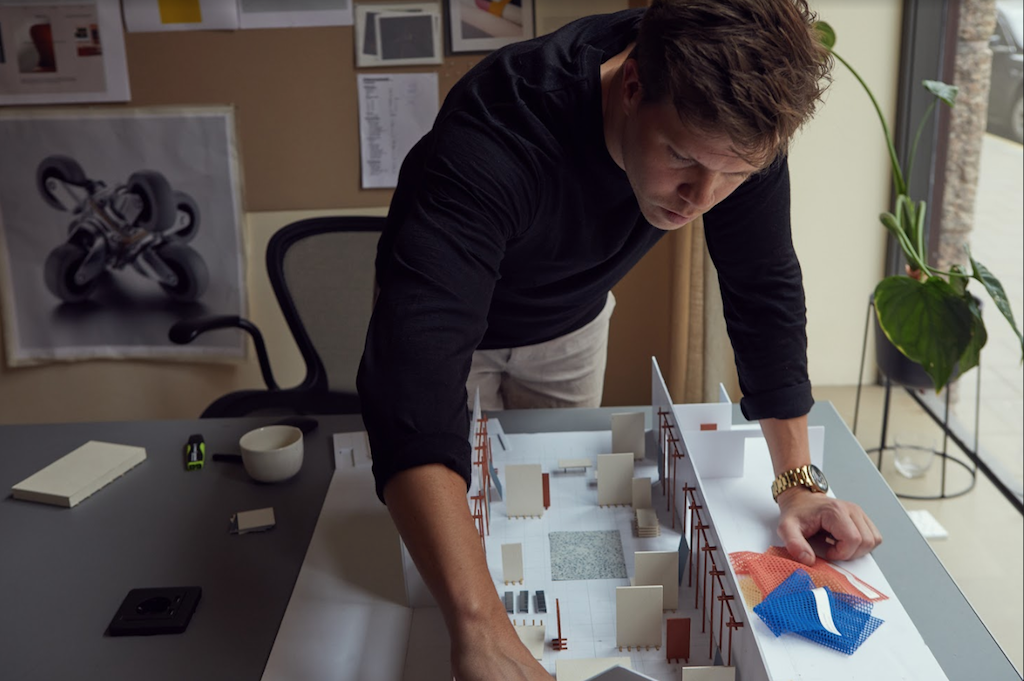 Opening on 18 October at ArkDes, Sweden’s national centre for architecture and design, the studio has developed a design that captures the excitement that concrete building systems once evoked, transforming the ArkDes exhibition site into an immersive, engaging environment.
Opening on 18 October at ArkDes, Sweden’s national centre for architecture and design, the studio has developed a design that captures the excitement that concrete building systems once evoked, transforming the ArkDes exhibition site into an immersive, engaging environment. 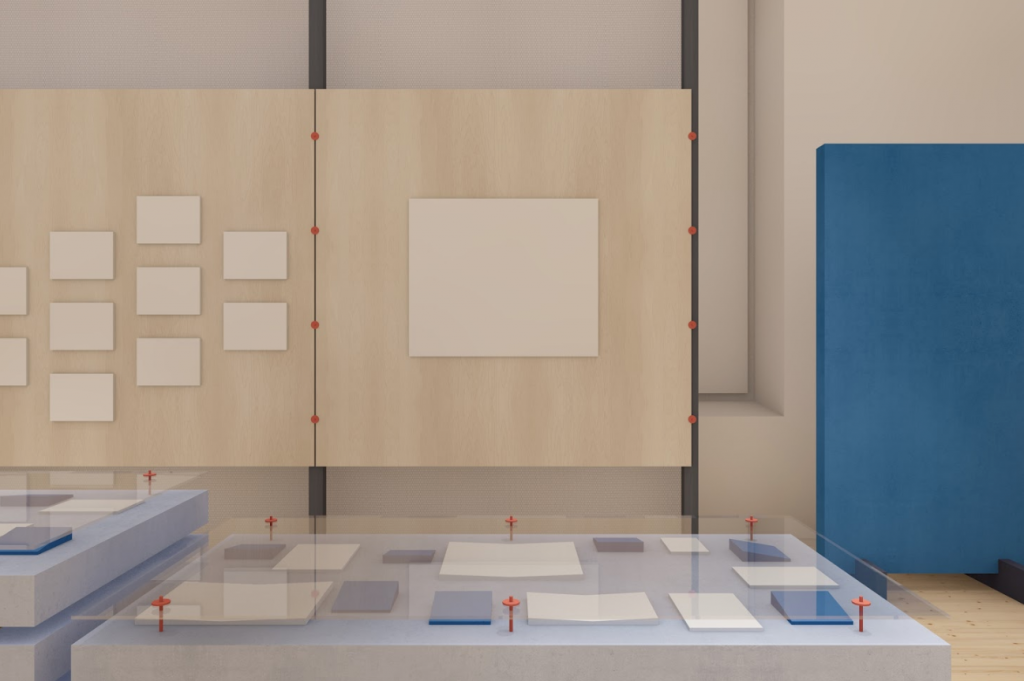
Researched by Chilean curators Pedro Ignacio Alonso and Hugo Palmarola and in collaboration with Senior Curator at ArkDes, Carlos Mínguez Carrasco, the exhibition uses poster art, paintings, films, toys, cartoons and opera sets to examine concrete’s tremendous cultural impact across continents and decades, and showcases models of 60 modular building systems from around the world. 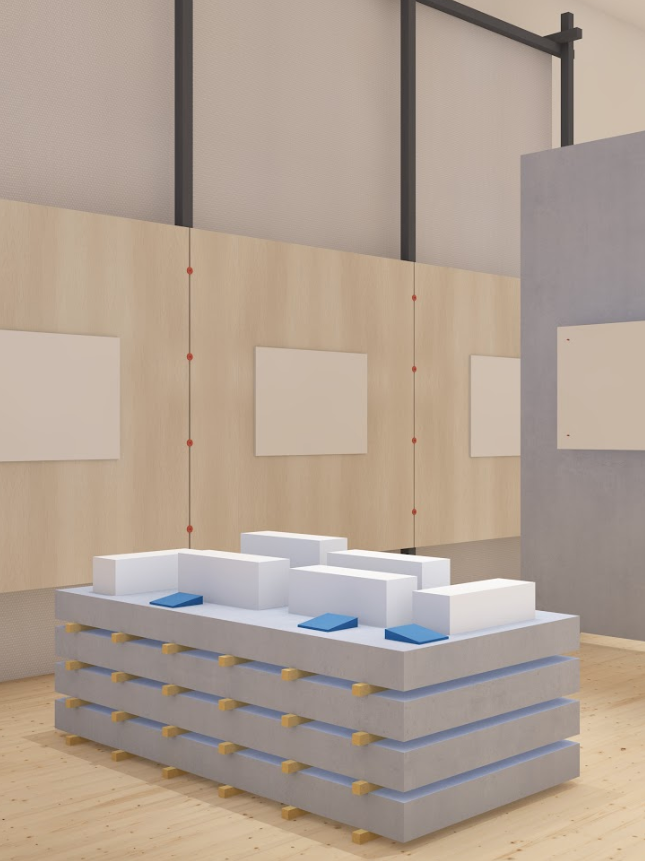
In the postwar era of urban reconstruction, the concrete panel represented optimism, a utopian symbol of hope for a better world, to be built from the ground up. The image of the panel, suspended from a crane and swinging across the sky above a construction site, became iconic. Today, concrete is more commonly associated with the grey monotony of the neglected cityscape, and the modular building system that once represented near-infinite possibility is often dismissed as ugly and dystopian. What happened?
“We want to capture that utopian momentum where everything seems possible and the air is filled with excitement and anticipation for the future. For us, that moment in time is represented by the construction site. It’s a place where you look up, change your normal perspective, and let yourself dream for a while,” says Daniel Heckscher, interior architect and partner, Note Design Studio. 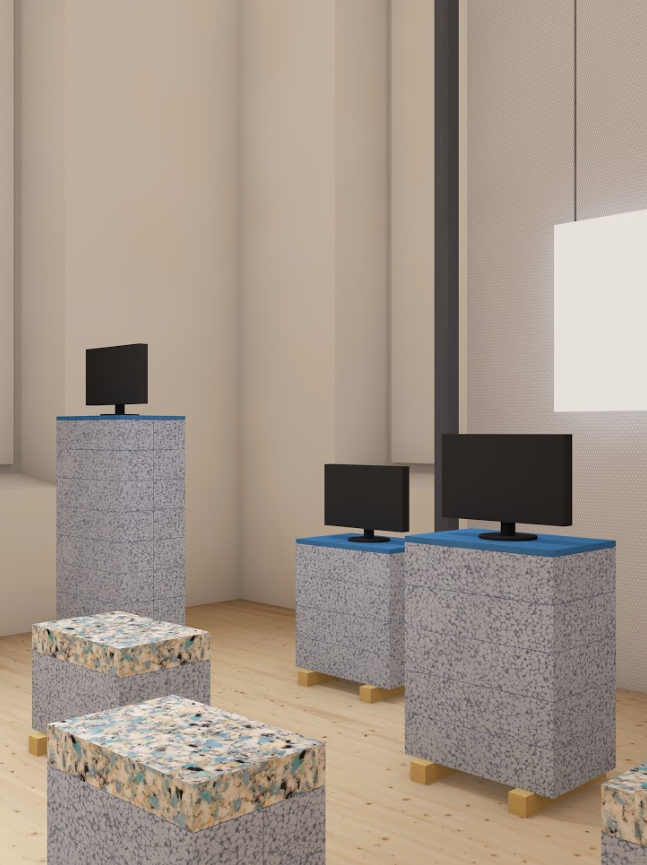
This change in perspective is integral to the experience of Flying Panels. By using objects, slabs and panels at different heights on the vertical plane and in different organised patterns, Note divides the exhibition into defined areas, while also obliging visitors to engage with the space at multiple levels. The design encompasses the entire exhibition space, defining its territory like the fencing around a building site.
In terms of aesthetics, Note has compensated for the hard, cold and often rough look and texture of concrete, with warm, welcoming colours and a tactile material palette, creating a pleasing contrast between the atmosphere of the exhibition and its subject.
The exhibition runs through March 1, 2020; admission is free.

